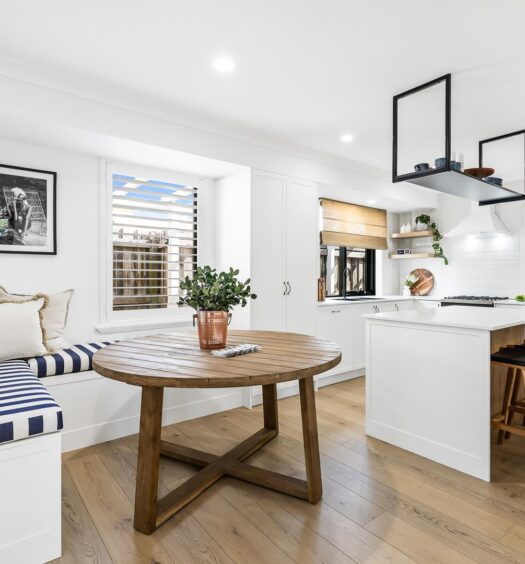A decent-sized residential shed might be exactly what’s missing from your property, don’t you think? Just think of all the wonderful things you could do with a shed – it can be turned into a home office, a backyard gym, a workshop, a garage, or even an additional flat or tiny home on your property. It could be virtually anything you want it to be.
All the potential and benefits aside, if you are thinking of building a residential shed on your property to make the most of a shed, there are some very important considerations that need to be made beforehand. So, here are some things to consider before building your custom shed:
1. What will you use the shed for
Before you build your residential shed on your property, it would be helpful to decide what you would like to use it for before the building starts. By doing this, you can factor its function into its design, making it more suitable for your needs. For example, let’s say you’d like to use the shed as a home office. In this case, you’d want to make it look presentable and comfortable as an office. This means putting in windows, designing the interior appropriately, and possibly doing the electrical work, too.
In comparison to a shed used solely for storage, the designs may be quite different from one another. You might also want to design a shed that has versatile functions. Either way, this needs to be decided upon when you’re designing the shed.
2. Do you need building permits for it?
In Australia, you’re required to have a building permit for sheds that exceed 10m² and that are higher than 3m. These regulations might change depending on what state you’re in, too. Before you begin with any building, you’ll need to consult your region’s local council to gain a building permit. To do this, you might need the relevant planning documentation to demonstrate that you shed it within regulations.
3. Where will you build it?
You’ll also need to choose an appropriate place to build your shed. Location is one of the major factors that determine the size and shape of your shed. So, before you do anything, inspect your land for an appropriate place for the shed. Make sure that the land is spacious and suitable for building on. For example, marshland might not be ideal for a shed, which leads us to our next point.
4. What site preparation is needed?
How much preparation would need to go into preparing the land for the shed? When you build a shed, it isn’t as simple as simply choosing land and putting up the structure. The land needs to be prepared to safely hold the weight of the shed first. In most cases, this involves levelling and compacting the ground, throwing a slab of concrete, and ensuring that there aren’t any obstructions to the project.
5. How big will it be?
As we said earlier, you’ll be limited by the amount of space you have to build on when it comes to size. However, you can build up. Considering what you want to use the shed for will also give you an idea of how big it needs to be. Say, for instance, that you’re building a shed as a garage to house your boats and cars. It’ll need to be designed to fit however many you have.
6. What materials will you use?
Nowadays, sheds are made from a variety of materials. For example, if you’re going for an American barn-style shed, you’ll probably use wood. Many sheds in Australia are made with high-quality steel to provide strength and durability. The material you choose will have a significant impact on the style of the shed, so you may want to consider this before too.
7. Will it need electricity?
A basic garden shed or storage shed might not need a full electrical system running through it. But, if you’re planning to have a workshop, office, or even garage, having electrical outlets would be beneficial. Consider what electrical needs you may have for your shed while you’re in the design process.
8. Set an appropriate budget
Having a budget helps you avoid unnecessary spending and reduces the risks of not buying enough materials. Do a bit of research about how much the kind of shed you want costs. From there, you’ll at least know what you have to work with, and you’ll be able to spend within your means.
9. Will you hire a professional or do it yourself?
Finally, should you hire a shed builder, or should you tackle this project yourself? Certain shed-building companies sell shed kits that you may be able to build yourself. But, for larger sheds, you might want to find a shed builder rather. Larger shed builds involve a lot of engineering and require additional manpower to build correctly.
With a shed builder, you’ll have their knowledge, their tools, and their manpower to ensure that your shed goes up without any problems. Likewise, getting a shed approved by the local council could be a challenge, too, if you don’t know the regulations. A shed builder can help make this process easier.
Final Thoughts
Whether you want a shed for extra storage space or you’re looking to create yourself a place to escape to for some “you” time, building a shed is a good option. That said, you don’t want to go into this project blindly. Consider the points we’ve addressed above so that you can make a wise, informed decision regarding your shed. This will just save you the hassle of making the same mistakes so many others have.




